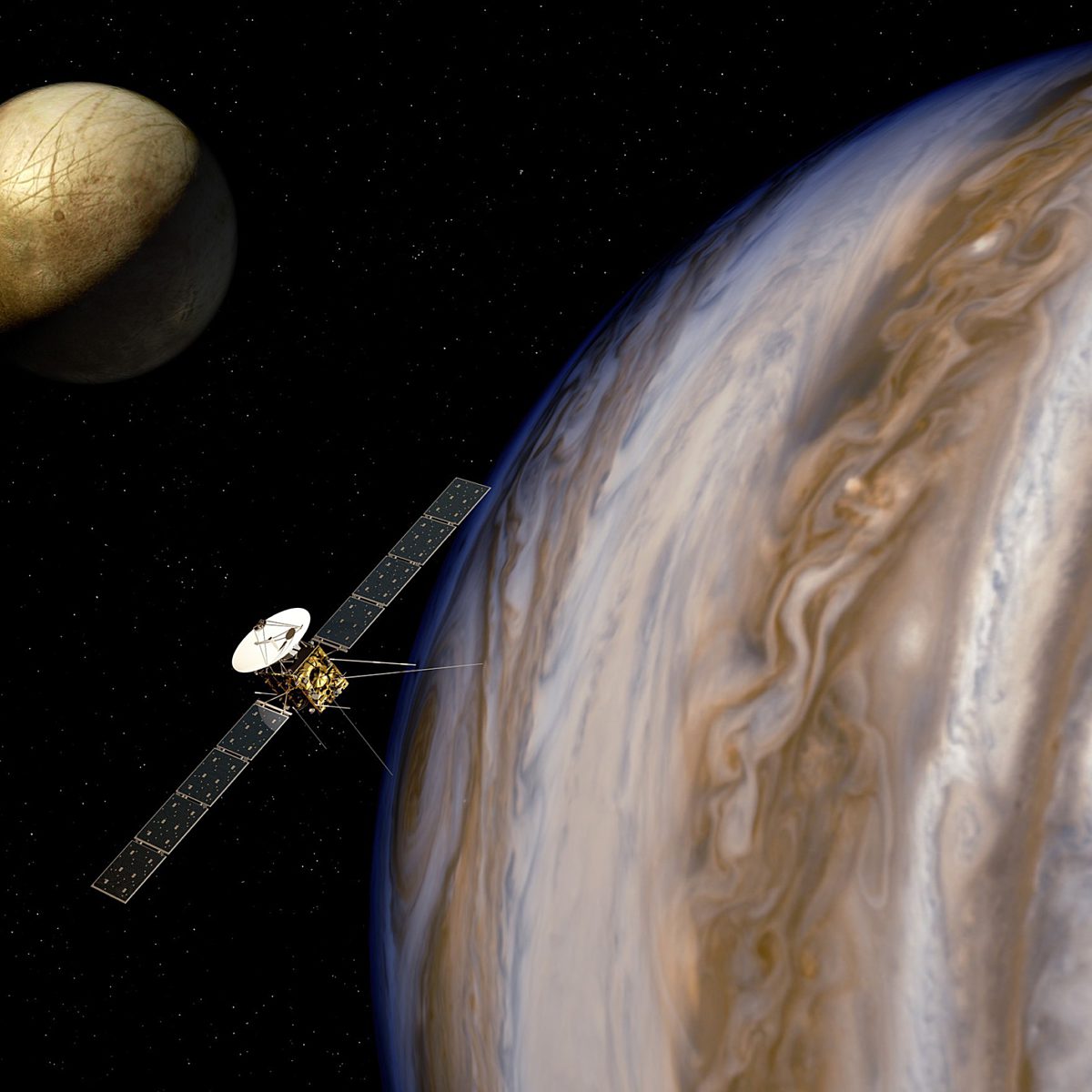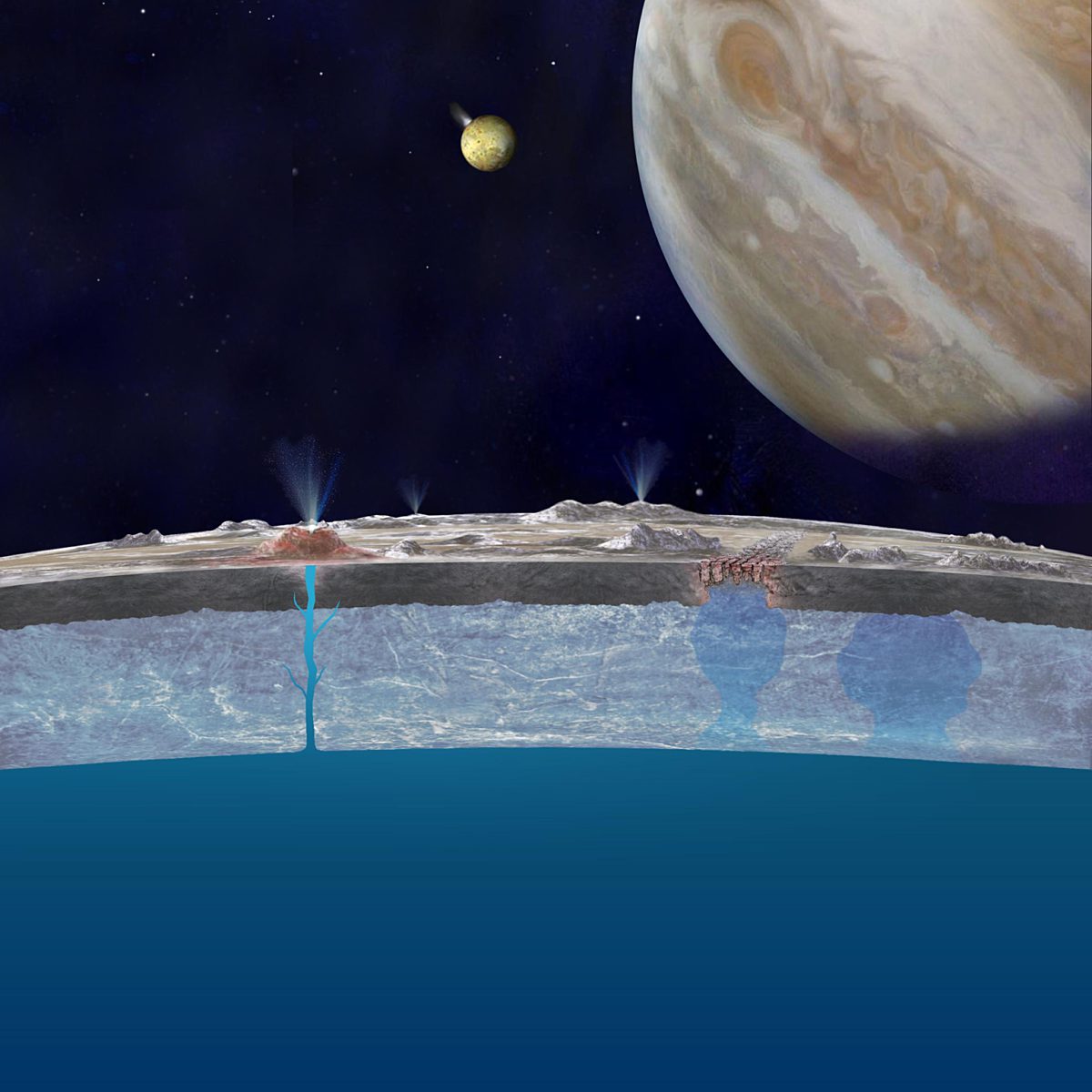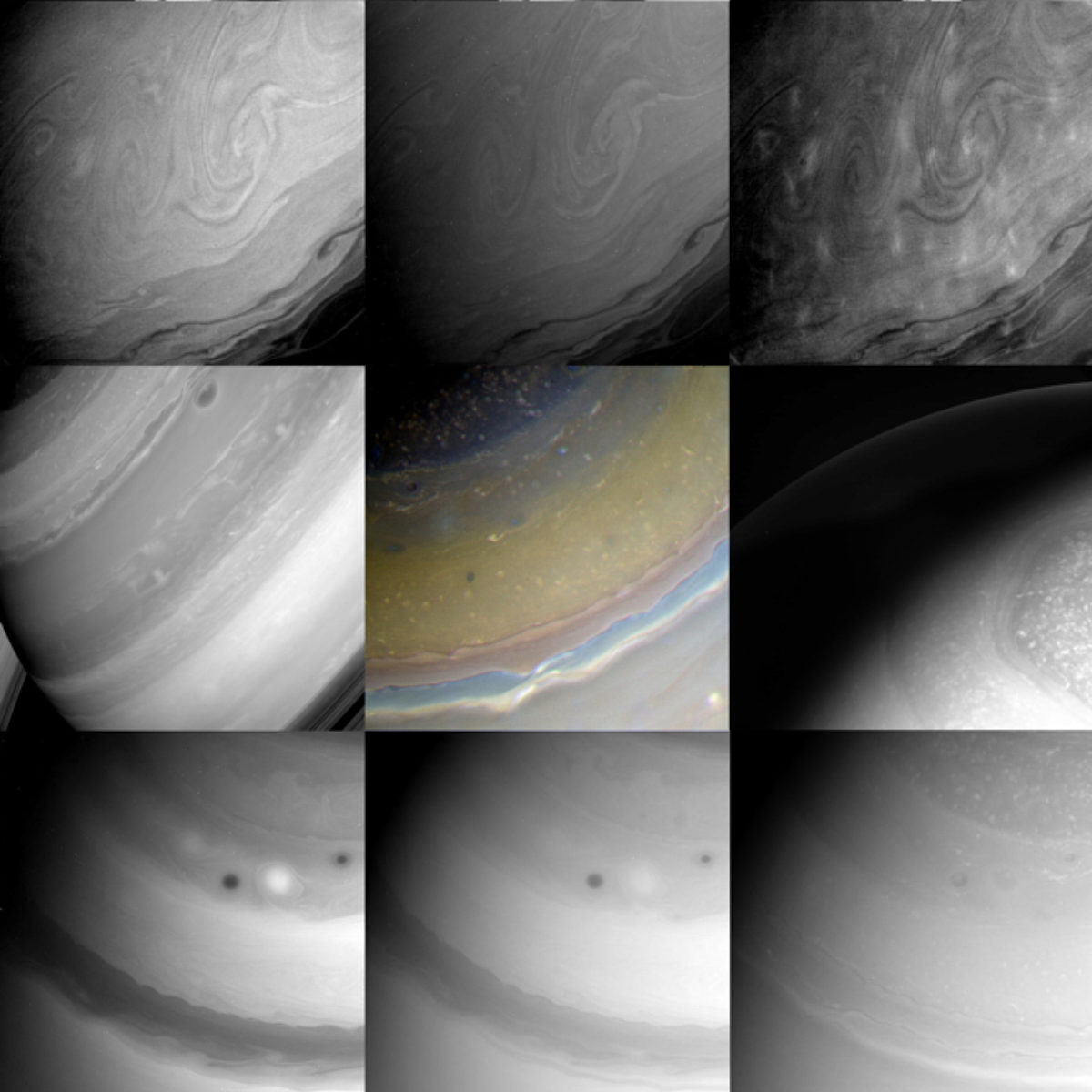All
All
Stories, updates, insights, and original analysis from The Planetary Society.
Yes, it was once a Martian lake: Curiosity has been sent to the right place
The news from the Curiosity mission today is this: Curiosity has found, at the site called John Klein, a rock that contains evidence for a past environment that would have been suitable for Earth-like microorganisms.
The First Taste of Mars
Nearly four decades before Curiosity, we dug into Mars for the first time. The pictures are still amazing.
Atacama Diary for March 10, 2013--Pisco Sours and Liquid Helium
Great dinner and great conversation with staff of the National Radio Astronomy Observatory, topped by Chile's national drink.
Atacama Diary for March 8, 2013-Noon at LAX
Another audio blog post, with excerpts from the National Science Foundation briefing on the ALMA Observatory, edited while I was waiting for my planet to Chile at LAX.
Rep. Adam Schiff Responds to Questions on Planetary Science Funding
Rep. Adam Schiff's response to the state of Planetary Science funding from his recent online town hall.
A post about International Women's Day
Today, March 8, is International Women's Day, about which I have conflicting feelings.
Instruments for the JUICE Jovian Mission
The European Space Agency (ESA) announced the list of instruments selected for its JUICE mission to explore the Jovian system for three years starting in the 2030 following a 2022 launch.
Mars Exploration Rovers Update: Opportunity Begins Wrapping Science on Matijevic Hill
As February turned to March, Opportunity was conducting some of its final science investigations on Matijevic Hill, the MER team was making preparations for the robot field geologist's trek south for the next winter, and the Mars Exploration Rovers mission was checking off another month of exploration.
VIDEO: Watch Jim Bell's Public Lecture at Caltech
The Planetary Society President wows his audience with this presentation that is chock full of beautiful space images.
Sea Salt
Ever wonder what it would taste like if you could lick the icy surface of Jupiter’s Europa? The answer may be that it would taste a lot like that last mouthful of water that you accidentally drank when you were swimming at the beach on your last vacation.
Meteor showers on Titan: an example of why Twitter is awesome for scientists and the public
I use a variety of social networking tools to perform my job, but there's one that's more important and valuable to me than all the rest combined: Twitter. Yesterday afternoon there was a discussion on Twitter that exemplifies its value and fun: are there visible meteors on Titan?
Browse Curiosity's data in the Analyst's notebook
Last week the Curiosity mission made its first data delivery to the Planetary Data System. The bad news: none of the science camera image data is there yet. The good news: there are lots and lots of other goodies to explore.
Will comet Siding Spring make a meteor shower on Mars?
JPL's Solar System Dynamics group shows that there is still a possibility that C/2013 A1 (Siding Spring) could hit Mars. But the uncertainty in its position at that time is large -- the closest approach could happen an hour earlier, or an hour later -- so we're a long way from knowing yet whether it will or (more likely) won't impact.
Proposed House Budget Increases NASA Funding for SLS and Commercial Crew, Leaves Science Untouched
The U.S. House of Representatives unveiled their new funding bill for the remainder of the 2013 fiscal year, which funds NASA at 2012 levels with the exception of its SLS and Commercial Crew programs.
Very brief Curiosity update, sol 205: Memory anomaly and a swap to the "B-side"
Over the last few days the mission has been working its way through its first major (not life-threatening, just really inconvenient) anomaly: a memory problem in its main computer.
The Stormscapes of Saturn
Look past the rings, and Saturn is even stranger--and more breathtaking.
Dragon overcomes issues, arrives at Station
SpaceX's Dragon capsule has arrived at the International Space Station following a wild Friday in which the capsule's thrusters experienced an issue.
Atacama Diary for March 2, 2013--ALMA Explained
The second in a series of audio blogs chronicling my trip to the driest spot on Earth, Chile's Atacama desert, to see the inauguration of the ALMA Observatory. Al Wootten and Alison Peck tell the story of ALMA.
Galileo's images of Gaspra
Last week I trawled the archives to find all of Galileo's images of asteroid Ida; this week, I turned to Gaspra.
Field Report From Mars: Sol 3220-3236 - March 1, 2013
Opportunity completed the observations of the outcrop noted in the previous report and has now moved back down slope.


 Explore Worlds
Explore Worlds Find Life
Find Life Defend Earth
Defend Earth


 Sun
Sun Mercury
Mercury Venus
Venus Earth
Earth Mars
Mars Jupiter
Jupiter Saturn
Saturn Uranus
Uranus Neptune
Neptune Small Bodies
Small Bodies












